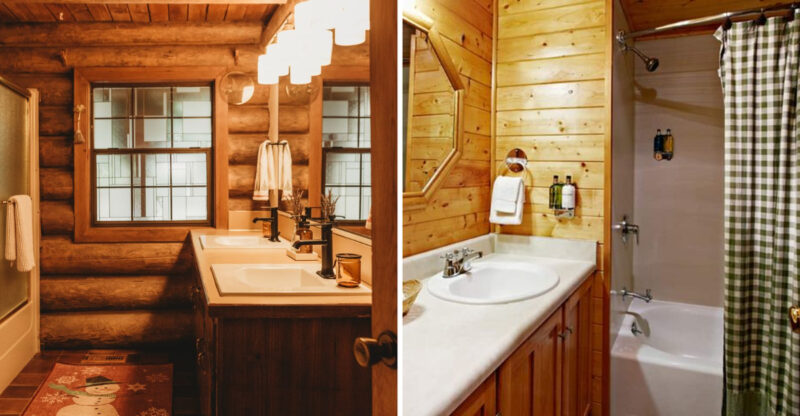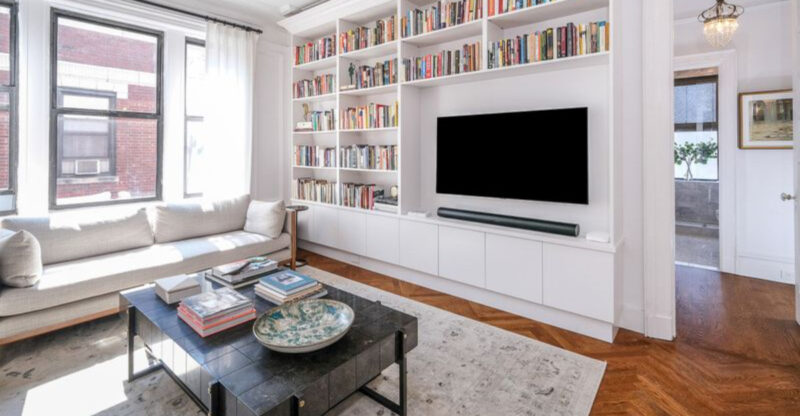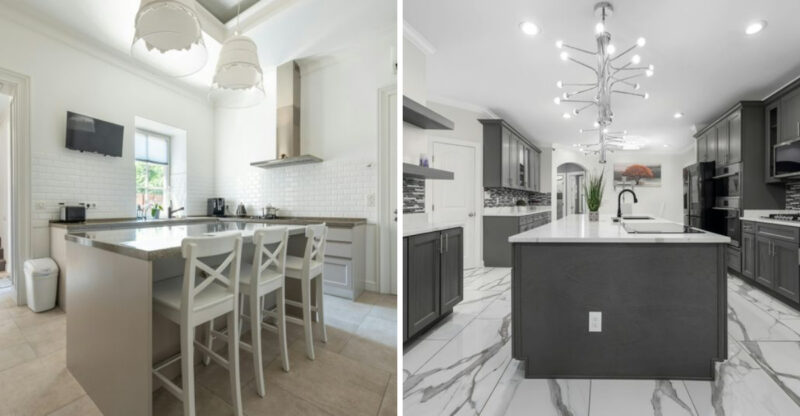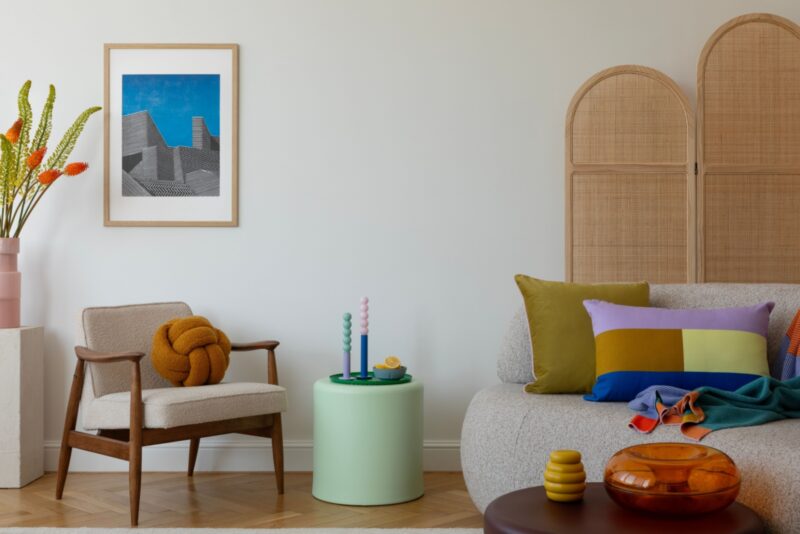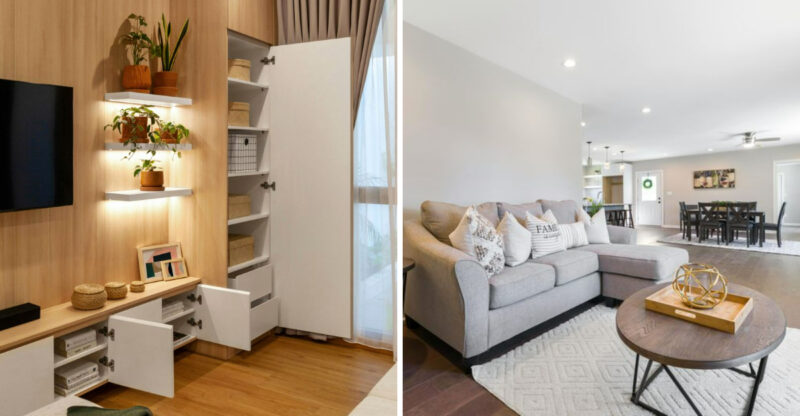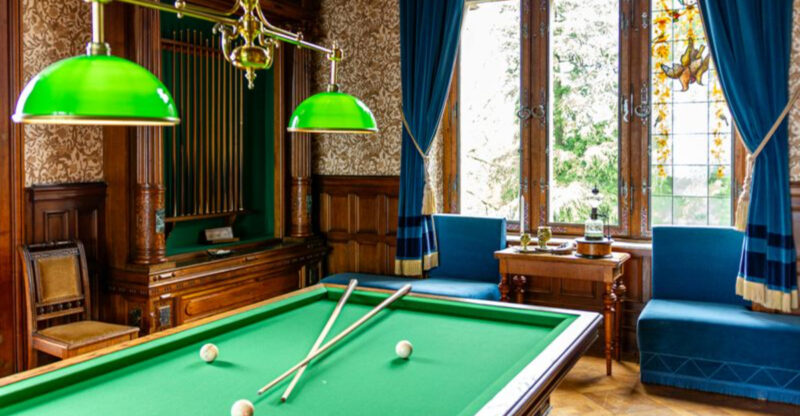Design Tips For A Cozy Entryway And Living Room
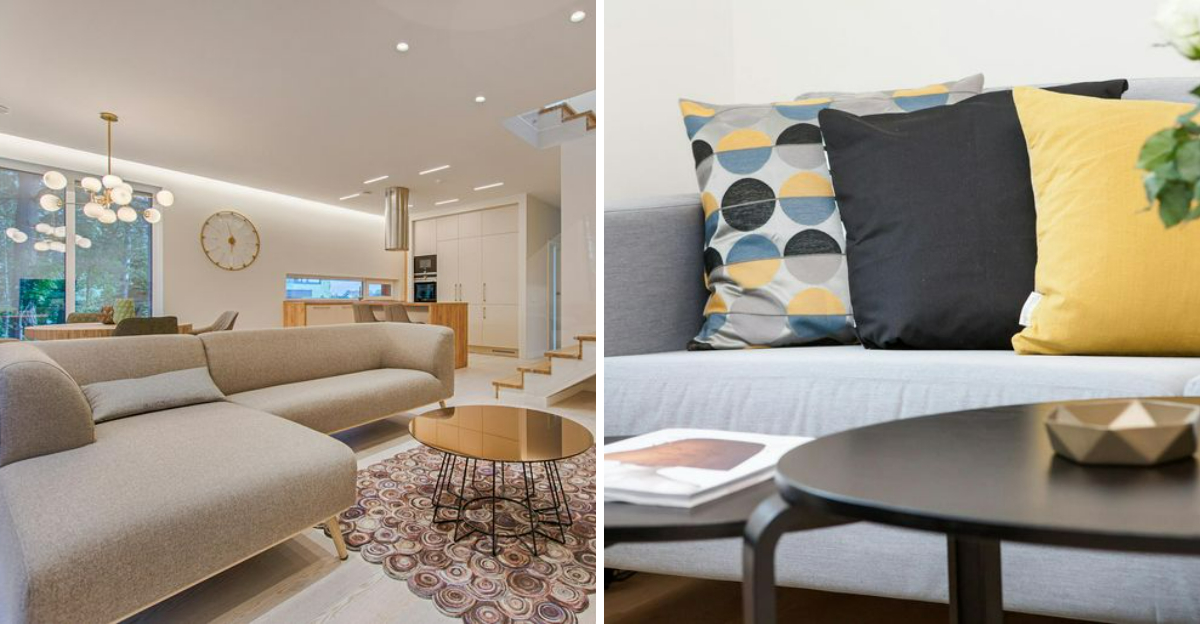
Walking into a warm, inviting home instantly melts away the stress of the outside world. Your entryway and living room create that crucial first impression both for guests and for yourself after a long day. These spaces set the tone for your entire home, acting as the transition between the busy world outside and your personal sanctuary within.
The ideas in this article are meant to inspire and guide you in designing welcoming spaces. For larger renovations or structural changes, consider consulting with a design professional to ensure the updates work well with your home’s layout and lifestyle needs.
1. Layer Your Lighting
Forget about relying on a single overhead light fixture. Multiple light sources at different heights create depth and warmth that instantly makes spaces feel more intimate.
Try combining floor lamps, table lamps, and perhaps some wall sconces. For extra coziness, install dimmer switches that let you adjust brightness based on your mood or time of day.
Warm-toned bulbs (2700-3000K) cast a golden glow that’s much more welcoming than harsh blue-white light, especially during evening hours when you’re winding down.
2. Create A Functional Drop Zone
Coming home should feel effortless, not like an obstacle course of bags, keys, and shoes. A dedicated drop zone keeps clutter at bay while adding personality to your entryway.
Install hooks at different heights for coats and bags, plus a small bench for sitting while removing shoes. A compact console table with drawers or baskets underneath hides items you don’t want visible but need accessible.
Even tiny entryways can accommodate slimline furniture that serves multiple purposes without crowding the space.
3. Embrace Soft Textiles
Soft fabrics invite touch and create instant comfort in any space. They’re the secret weapon of cozy interior design that transforms hard surfaces and angular furniture into inviting retreats.
Layer different textures like chunky knit throws, velvet pillows, and natural fiber rugs to create visual and tactile interest. Consider a plush area rug that defines your living room seating area while warming up wood or tile floors.
For your entryway, a durable runner rug absorbs sound and provides a soft landing for tired feet after a long day.
4. Add Natural Elements
Bringing nature indoors creates a sense of calm that’s hard to replicate with manufactured items. Natural elements ground a space and connect us to the outside world even when we’re nestled indoors.
Incorporate wood furniture with visible grain, stone accents, or clay pottery. Houseplants purify air while adding life and movement to corners – try low-maintenance varieties like snake plants if you don’t have a green thumb.
A small arrangement of seasonal branches or flowers in your entryway welcomes guests with a touch of the outdoors.
5. Play With Scale And Proportion
Rooms feel most comfortable when they contain a mix of differently sized items. Varying heights and proportions creates visual rhythm that draws the eye around the space in a pleasing way.
Balance a large sofa with smaller accent chairs. Pair substantial furniture with delicate side tables or slender floor lamps. In your entryway, a statement mirror or artwork draws attention while making the space feel larger.
Remember that empty space is just as important as filled space – allow breathing room between items to prevent a cluttered feeling.
6. Incorporate Personal Touches
The difference between a showroom and a home lies in the personal details that tell your story. These meaningful elements transform generic spaces into places that feel uniquely yours.
Display family photos in varied frames, showcase travel souvenirs, or feature artwork created by someone you love. Books that reflect your interests make excellent decorative elements when stacked on coffee tables or shelves.
For your entryway, a special piece like an heirloom console or vintage mirror creates an immediate sense of history and character.
7. Create Conversation Areas
The coziest living rooms invite people to gather and connect. Furniture arranged in conversational groupings makes the space feel intentional and welcoming rather than like a waiting room.
Position seating so people face each other, ideally no more than 8 feet apart. A circular or square coffee table anchors the arrangement while providing a surface for drinks, books, or board games.
Even in smaller spaces, you can create an intimate conversation nook with a loveseat and chair angled toward each other, with a small side table between them.
8. Use Color Psychology Strategically
Colors affect our emotions more than we realize. The right palette can transform how a space feels without changing a single piece of furniture.
For ultimate coziness, consider warm neutrals like beige or greige as base colors, accented with deeper tones like terracotta, forest green, or navy. Cool colors like pale blue can create calm, while pops of yellow bring energy to darker corners.
Paint your entryway in a color that complements but doesn’t necessarily match your living room – this creates a subtle transition between spaces while maintaining flow.

